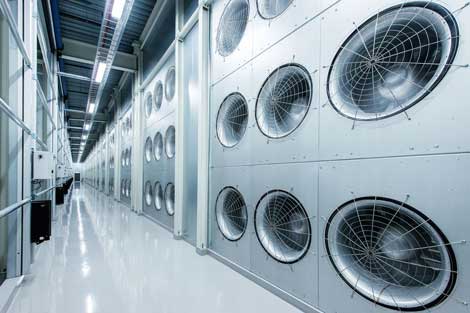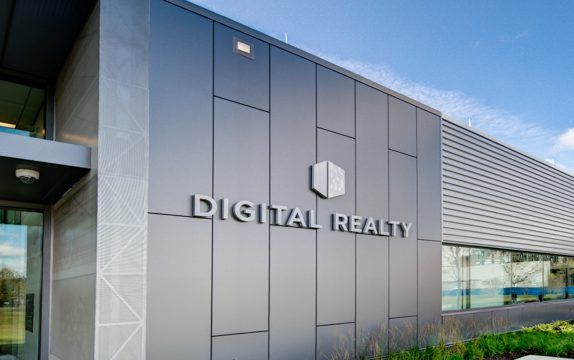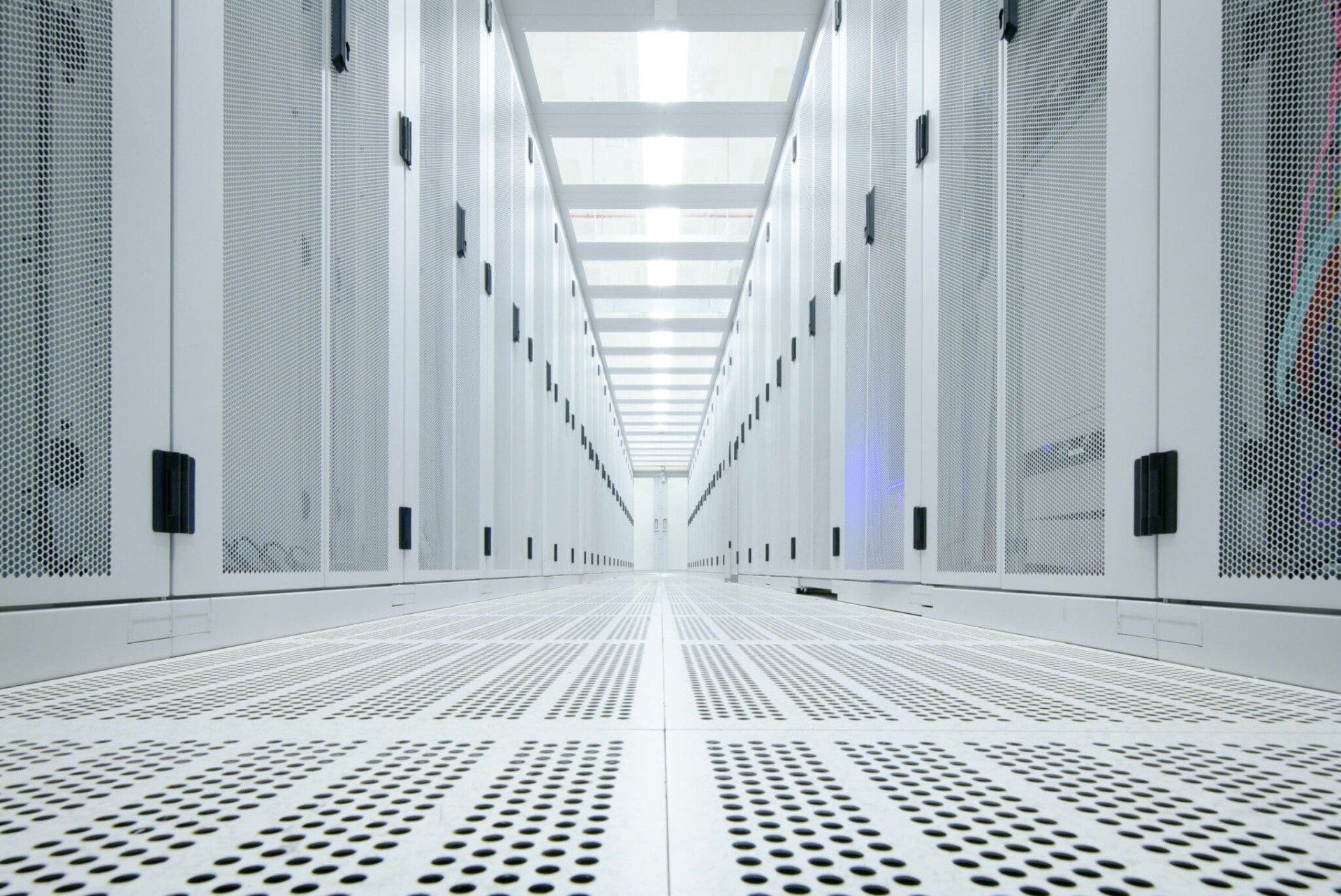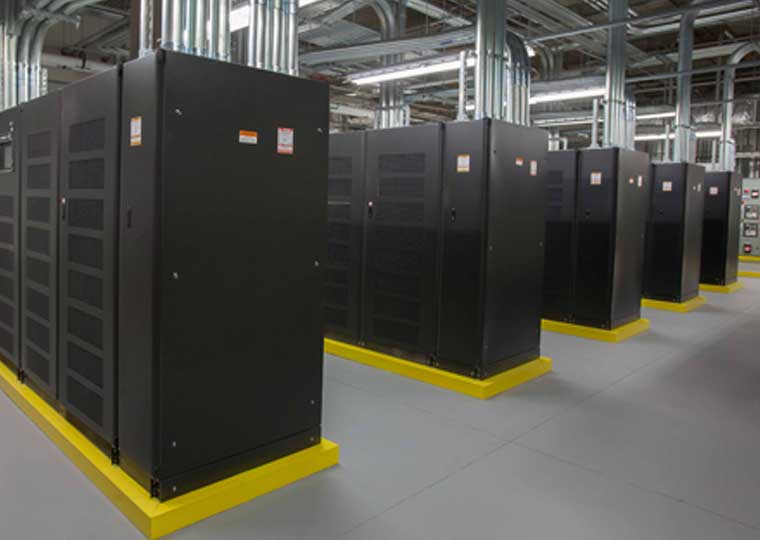Designing with less over-specification
The role of regional data centres
At Telenology, we help companies with a variety of subjects relating to IT, Data centers and Telecom. And so we also get asked to assist in choosing data centres. Many data centres all try to look alike, featuring for example the highest levels of power security, access security, the lowest PUE, just to name a few. Essentially it is a big race in the more for more concept, more features at a higher price.
I believe that when data centres talk to their customers, they will hear the CTO of a company say that she wants the highest levels of service, the highest level of reliability and lower costs. When we get to sit down with CTO’s the discussion is different and we talk about multiple redundant locations, the different IT functions, the exact requirements for the applications and which data centre best fits these needs. Virtualisation and better transparent telecommunications have made customisation possible
So I see the need to lower spec data centres because if you are going to fork out the money for a virtualised and redundant set-up and the associated running costs, why pay double for an over-specified data centre. I believe that regional data centres with good connectivity to the major Internet hubs can play an increasingly important role.










